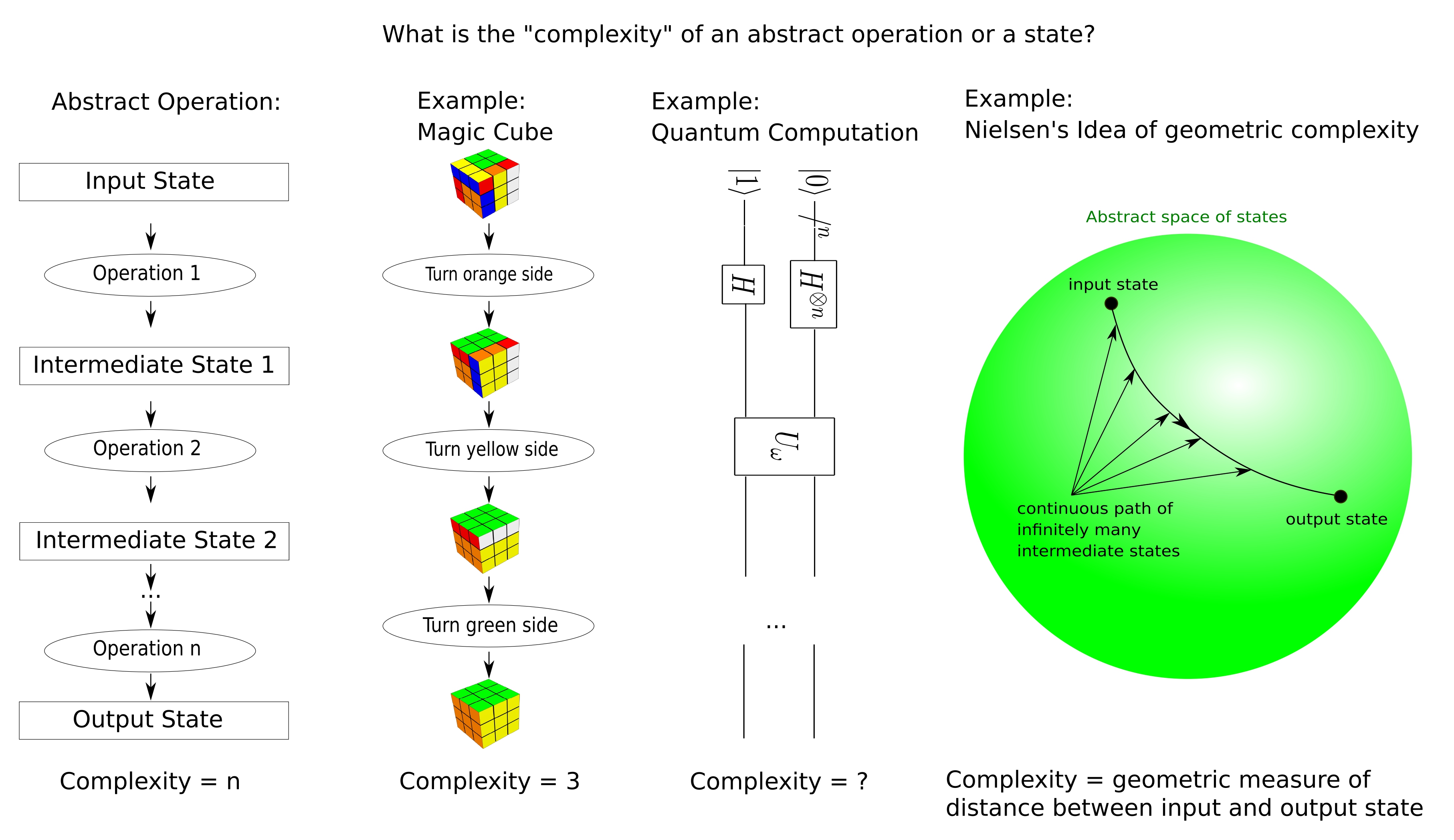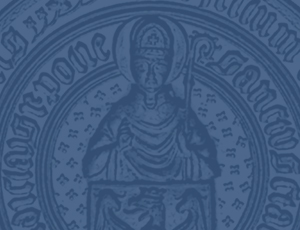
W oparciu o §7 ust. 1 i 3 uchwały nr 91/IX/2021 Senatu Uniwersytetu Jagiellońskiego z dnia 29 września 2021 roku w sprawie: zasad rekrutacji do Szkoły Doktorskiej Nauk Ścisłych i Przyrodniczych na Uniwersytecie Jagiellońskim w roku akademickim 2022/2023, Dyrektor Szkoły Doktorskiej Nauk Ścisłych i Przyrodniczych ogłasza konkurs dla 1 doktoranta ze stypendium finansowanym ze środków projektu badawczego na program kształcenia Fizyka.
W ramach projektu NCN SONATA BIS zatytułowanego Holographic connections between quantum fields, information, and gravity, komisja zaakceptowana przez Dyrektora Szkoły przeprowadzi rekrutację do projektu, która będzie podstawą do przyjęcia wybranego kandydata na program kształcenia Fizyka.
Kierownik projektu dr Mario Flory oferuje możliwość zrealizowania doktoratu w temacie:
”Quantum information aspects of holography”
Po odbyciu rozmów i ocenie kandydatów, przewodniczący komisji przedstawi dyrektorowi protokół wskazujący kandydata rekomendowanego do przyjęcia do szkoły w ramach projektu badawczego.
Opis projektu badawczego:
In mathematical physics, the AdS/CFT correspondence is a conjecture according to which certain quantum theories (conformal quantum field theories or short CFTs, called the ”boundary”) can be described in a mathematically equivalent way in terms of theories of gravitation (called the ”bulk”) involving a negative curvature of spacetime (Anti-De Sitter spaces, AdS). This makes it an extremely powerful tool that allows translating questions about one side of the duality into questions about the theory on the other side of the duality, where they may be easier to solve with the available mathematical methods. For example, calculating the amount of quantum entanglement present in a physical system can be quite mathematically demanding, however, AdS/CFT maps this task to a geometrical problem conceptually similar to calculating the shape of a soap bubble in the bulk.
In this PhD project, we will research the importance of concepts from quantum information theory in AdS/CFT. Specifically, we will explore (multipartite) quantum entanglement and what role it plays in the AdS/CFT correspondence and in identifying its range of applicability. Another main focus of this project will be the task of analysing measures for the "complexity" of a given state or operator, where complexity is defined as some notion of distance between a given target state and a simple reference state in the space of states, or between a given operator and the identity operator in a group manifold respectively. This allows the application of methods of differential geometry to problems in quantum information and computation theory. Questions that can be tackled in this project concern the definition and calculation of complexity in strongly coupled quantum field theories, testing which calculations in the bulk correspond to a calculation of complexity on the boundary in AdS/CFT, and how such calculations can shed light on the fundamental mechanisms behind the AdS/CFT correspondence.
Literatura:
Profil kandydata:
- M.Sc. in Theoretical or Mathematical Physics
- experience in Quantum Mechanics and Quantum Field Theory
- strong interest (and ideally already experience) in General Relativity, the AdS/CFT correspondence, Quantum Information Theory, and/or numerical computations
- fluent English in writing and speaking (minimum B2 level)
Harmonogram konkursu:
- Ogłoszenie o konkursie na stronie www Szkoły Doktorskiej: 20.01.2023
- Otwarcie konkursu (rozpoczęcie przyjmowania zgłoszeń w IRK): 03.02.2023
- Termin przesyłania aplikacji (zakończenie przyjmowania zgłoszeń w IRK): 06.03.2023
- Egzaminy wstępne: 13.03-15.03.2023
- Ogłoszenie wyników: 17.03.2023
- Wpisy: 20.03.2023 - 20.06.2023
- Wpisy (lista rezerwowa): 21.06.2023 – 23.06.2023
Dodatkowo proszę zamieścić list motywacyjny
 Widok zawartości stron
Widok zawartości stron
Widok zawartości stron
Widok zawartości stron
 Widok zawartości stron
Widok zawartości stron
Widok zawartości stron
Widok zawartości stron
 Widok zawartości stron
Widok zawartości stron
Widok zawartości stron
Widok zawartości stron


